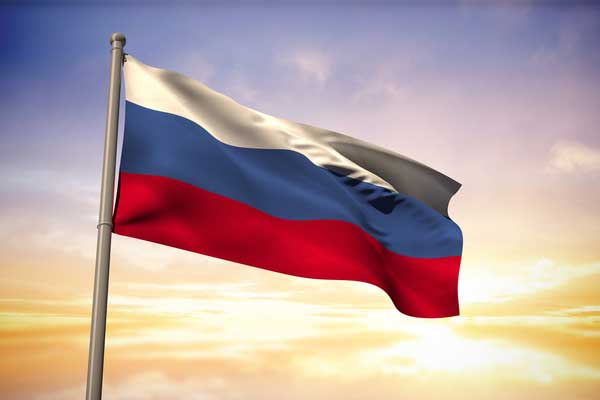Russia’s vast territory spans over 17 million square kilometers, making it the world’s largest country. Yet beyond the well-known metropolises of Moscow and St. Petersburg exist overlooked places that showcase the diversity of Russian landscapes and cultures. From the Finnish-influenced architecture of the Karelia Republic to Sakhalin Island’s merging of Russian and Japanese cultures, many of Russia’s territories remain relatively unknown. This article explores five unique and often forgotten destinations in Russia that warrant greater exploration.

The Karelia Republic: Russia’s Window to Finland
Tucked against Finland’s eastern border lies the autonomous Republic of Karelia, covering over 180,000 square kilometers. Blanketed with dense forests, Karelia’s economy depends heavily on timber harvesting from its woodlands. The capital, Petrozavodsk, resembles a European city with its colorful wooden buildings reminiscent of Finnish architectural styles. Locals lead peaceful lives here, and Karelia attracts many Russian tourists seeking summer getaways.
The eastern coast features swimming sites, but Karelia’s crown jewel is Kizhi Island. Home to two remarkable churches, the tranquil, uninhabited island exhibits well-preserved Soviet-era structures. Karelia’s overcast weather nurtures abundant berry crops — blackberries sell for just $1.30 per kilogram!
Sakhalin Island: A Blend of Russian and Japanese Influences
At Russia’s easternmost point lies Sakhalin Island, which at 72,000 square kilometers rivals the Czech Republic in size. Historically claimed by both Russia and Japan, lingering disputes over islands in this territory persist. Japanese occupation from 1905-1945 imbued Sakhalin Island with Japanese infrastructure and culture alongside its Russian roots.
Sakhalin Island and its neighbors sit in one of the world’s most earthquake-prone zones, making permanent settlement unappealing. So rather than a residential hub, Sakhalin functions more as a sightseeing destination. Soviet ruins dot the landscape and locals largely sustain themselves via fishing. With diverse bird and marine life, Sakhalin Island warrants discovery by more global travelers.
Kudrovo: Home to Russia’s Tallest Buildings
En route to St. Petersburg lies the concrete jungle of Kudrovo, site of Russia’s tallest apartment buildings. As a residential hub for those working in pricey St. Petersburg, Kudrovo features blocky 20-story high-rises constructed with questionable materials and minimal architectural aesthetic.
Crammed with over 3,700 units each, these mammoth complexes house residents likened to ants. While the buildings may intimidate vertigo sufferers, Kudrovians enjoy new, clean housing with proper roads — a luxury not afforded to all across Russia’s outskirts.
Krasnodar: Battling Swampy Streets
In Russia’s North Caucasus region, the densely populated city of Krasnodar battles perpetual infrastructure woes. Home to 700,000 people squeezed into just 339 square kilometers, Krasnodar’s main thoroughfares appear relatively modern. Yet certain side streets transform into muddy swamps each winter, the worn asphalt and buildings disintegrating from age.
While newer districts boast paved roads, poorer areas contain seemingly random buildings lacking any connected streets around them. Krasnodar’s swampy streets require heavy ongoing investment to bring the city truly into the 21st century.
Magadan: Russia’s Far East Outpost
Nestled against the Sea of Okhotsk, the remote city of Magadan gained notoriety as a past site of Stalin-era Gulag forced labor camps. Consistently blanketed in snow, Magadan’s 100,000 residents store food in windowsills rather than refrigerators given the extreme cold.
Hundreds of abandoned buildings give Magadan a ghostly aura; newly vacant structures still contain previous owners’ belongings. Inhabited housing also shows signs of decay. While often overlooked by the Russian government, Magadan’s remote wilderness offers breathtaking vistas for adventurous souls willing to brave the bitter cold.
